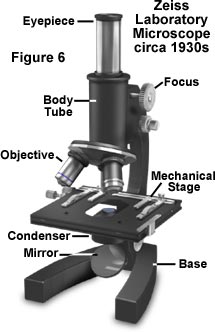What is a Computer?
"Computer is an Electronic device under
the instruction and programming control" and executes four basic operations
a)
input
b)
processing
c)
output
d)
storage
Parts of Computer Systems:
1.
Hardware 2. Software
Hardware:
Physical
component of computer such as mechanical &electronic circuit which can be
touched for example: Keyboard,Mouse,Monitor etc.
Software:
A set of
instruction given to computer for performing a specific task E.g
Application Program, Windows etc.
Input Unit:
Computer receive
coded information from input where the function is to read data
Example of input
device: keyboard, joystick, trackball, mouse.

Output
Unit:
Its function is to
send processed data to be displayed
•
Output
device example
Storage type
•
Magnetic
disk storage
•
Optical
disk
–
Magneto-optical
–
CD-ROM
–
CD-R
–
CD-RW
–
DVD-ROM
•
Magnetic
Tape Storage
Central Processing Unit (CPU):
CPU performs following operations.
•
Change
data to information
•
Control
center
•
One
set of electronic circuit which execute stored instruction program
It performs
following operation.
i.
Control
Unit (CU)
ii.
Arithmetic
Logic Unit (ALU)
Control Unit
•
Device
which responsible to control
•
Instruct
computer system to execute program
•
Communicate
with other parts inside a device
Arithmetic Logic Unit (ALU)
It Perform mathematical
operation and Perform logical operation.
Arithmetic Operation:
It is used for
performing following operation.
a.
Addition
b.
Subtraction
c. Multiplication
d. Division
Logical Operation:It is used for performing following operation.
a) Evaluate
condition
b) Compare
c) Can
compare
a. Numbers
c. Specialized
character
You can also take help through this Lecture and would be understand this article:
You can also take help through this Lecture and would be understand this article:
Thank You!😊
If u have any question about this article then comment plz...
You can take also help through the following links:
- https://www.google.com.pk/search?q=input+unit&source=lnms&tbm=isch&sa=X&ved=0ahUKEwiw-56p1dbdAhVJiKYKHR1RDkIQ_AUIDigB&biw=1366&bih=608#imgrc=Xr6_6SLpp0Bl_M:
- https://www.google.com.pk/search?q=input+unit&source=lnms&tbm=isch&sa=X&ved=0ahUKEwiw-56p1dbdAhVJiKYKHR1RDkIQ_AUIDigB&biw=1366&bih=608#imgrc=GEk9hiS2fI589M:
Written By:
| Ma'am Zuhra Javed(Msc CS) | |||||||
|
|||||||
|
|
||||||

